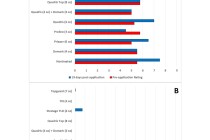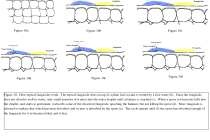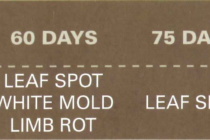Foliar Soybean Disease Update: August 31, 2013
Foliar diseases of soybean continue to be observed throughout the MS soybean production system. Over the past week additional counties containing soybean rust have been observed throughout the state. Stay tuned to information on the Crop Situation Blog regarding additional counties with soybean rust infected plant material should management suggestions change.





